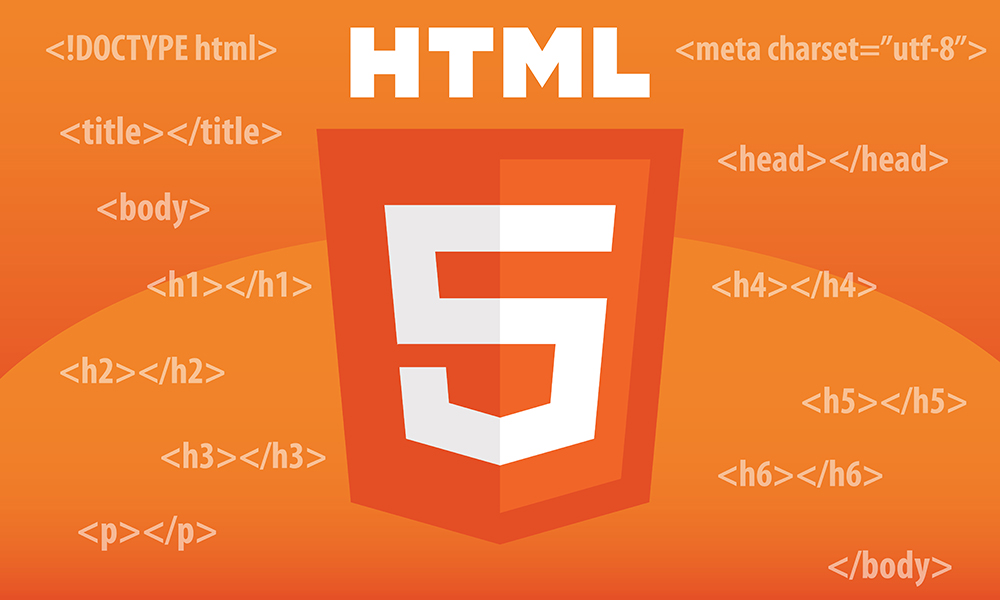What is HTML?
- HTML stands for Hyper Text Markup Language
- HTML is the standard markup language for creating Web pages
- HTML describes the structure of a Web page
- HTML consists of a series of elements
- HTML elements tell the browser how to display the content
- HTML elements label pieces of content such as "this is a heading", "this is a paragraph", "this is a link", etc.
Here are six key points about HTML:
-
Structure: HTML provides the basic structure of a webpage, allowing the incorporation of text, images, links, and other elements. It uses tags and elements to define the content and layout of a webpage.
-
Elements and Tags: HTML consists of elements defined by tags. Tags are enclosed in angle brackets, like
<tag>. Common tags include<html>,<head>,<body>,<div>,<p>(paragraph),<a>(anchor/link), and<img>(image). -
Attributes: Tags can have attributes that provide additional information about the elements. For example, the
<img>tag can have attributes likesrc(source of the image) andalt(alternative text for the image). -
Document Object Model (DOM): HTML documents are structured into a hierarchical tree of elements, known as the DOM. This structure allows for dynamic access and manipulation of the document's content and structure via JavaScript.
-
Forms and Inputs: HTML allows the creation of forms, which can be used to collect user input. Form elements include
<form>,<input>,<textarea>,<select>, and<button>, among others. These elements facilitate user interaction and data submission. -
Standards and Versions: HTML is standardized by the World Wide Web Consortium (W3C). The latest major version is HTML5, which introduced new elements, attributes, and APIs for better multimedia support, form controls, and semantic structure.
These points provide a foundational understanding of what HTML is and its role in web development.
A Simple HTML Example
<!DOCTYPE html>
<html>
<head>
<title>Page Title</title>
</head>
<body>
<h1>My First Heading</h1>
<p>My first paragraph.</p>
</body>
</html>Example Explained
- The
<!DOCTYPE html>declaration defines that this document is an HTML5 document - The
<html>element is the root element of an HTML page - The
<head>element contains meta information about the HTML page - The
<title>element specifies a title for the HTML page (which is shown in the browser's title bar or in the page's tab) - The
<body>element defines the document's body, and is a container for all the visible contents, such as headings, paragraphs, images, hyperlinks, tables, lists, etc. - The
<h1>element defines a large heading - The
<p>element defines a paragraph
What is an HTML Element?
An HTML element is defined by a start tag, some content, and an end tag:
The HTML element is everything from the start tag to the end tag:
| Start tag | Element content | End tag |
|---|---|---|
| <h1> | My First Heading | </h1> |
| <p> | My first paragraph. | </p> |
| <br> | none | none |
Note: Some HTML elements have no content (like the <br> element). These elements are called empty elements. Empty elements do not have an end tag!
